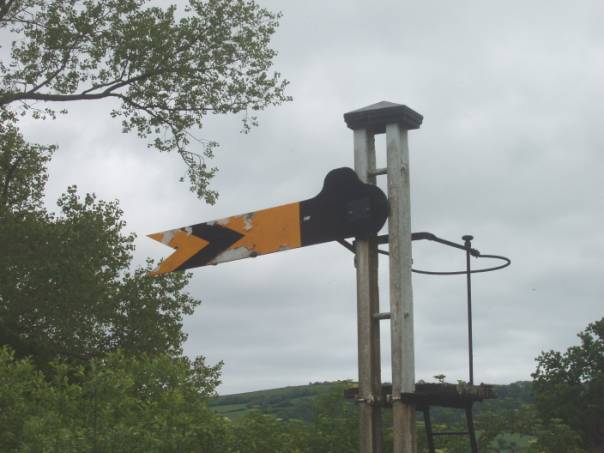
Sit back and enjoy the ride as we travel from Colyton back down the line to Seaton.

Old signals, of a type which controlled trains back in the 1960s are still in place. This one would be called an upper quadrant signal – which means the arm moves to point 45 degrees upwards to indicate all clear. Here is it set in the warning position for this is a distant signal and it warned a driver that he’d have to stop his train at the next home signal. Home signals were painted red and did not have the fish tail end. I think our trams used telephone signalling – driver to driver via a control room.

Up above us the trolley pole reached up to collect electricity from the overhead wire. Here we were just moving into a passing loop which is why the one wire has become two. There must be some quite cunning engineering to make sure the trolley pole stays on the right wire.

We waited in the passing loop for a tram coming the other way and our driver got out to tell the passengers what was happening. You might tell from this that the line is built to a narrow gauge (2 feet 9 inches) but the observant will also note a copper wire linking rails where there is a joint. This is for the track circuiting system, which allows control to know precisely where the trams are – enabling them to tell our driver he needed to wait in this loop.

And there, just entering the loop is car number 12. she’s 1960s built and has been rebuilt to look like a London tram of the kind, known as a Feltham, which went out of use in 1952.

Here we cross the main road on a level crossing and enter Colyford again. There’s another loop here to allow trams to pass.

Once again, we were back on single track, so there’s no chance of passing another tram here.
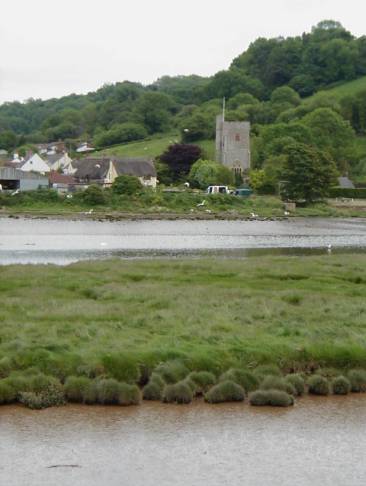
We passed back by Axmouth with the tide now much lower on the estuary and this allowed the bird life in.



The lagoons were still full of water, supporting the nesting swans.

Another passing loop alongside the estuary where a shelduck enjoyed picking what it could from the mud.


It had been for quite a walk.
We approached the tram depot on the edge of Seaton.

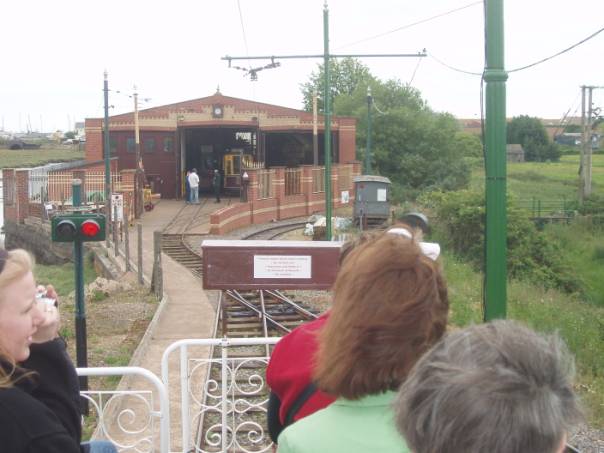
The line curls away to the right. We had to wait for the breast cancer tram which was running light to Colyton to ensure all passengers got back to Seaton. The section of track down to the terminus is controlled by token and there’s an exchange going on here.
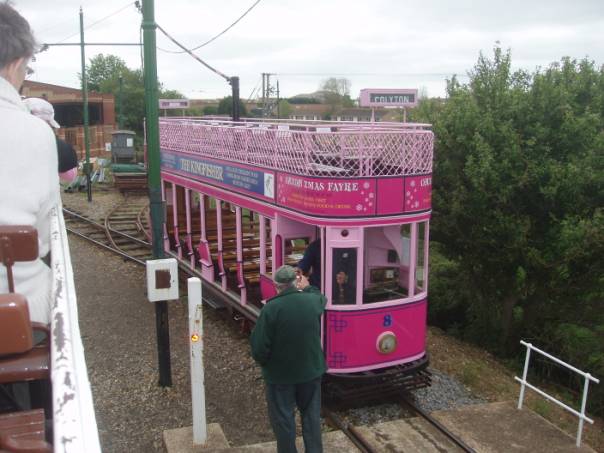
And meanwhile, we could take a look at the road bridge over the Axe Estuary.
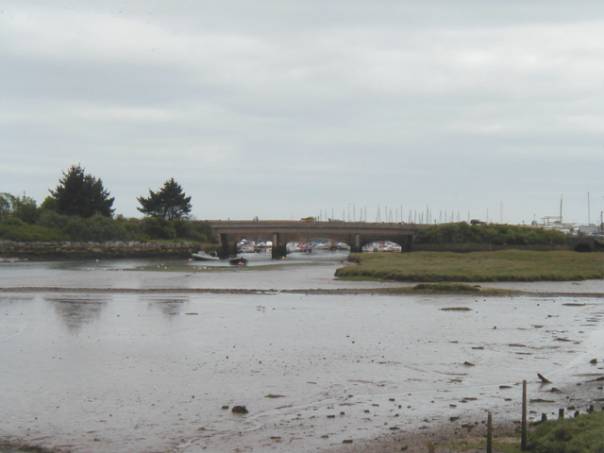
We could also enjoyer canoeists on what was left of this low tide river.


A photographer was hard at work.
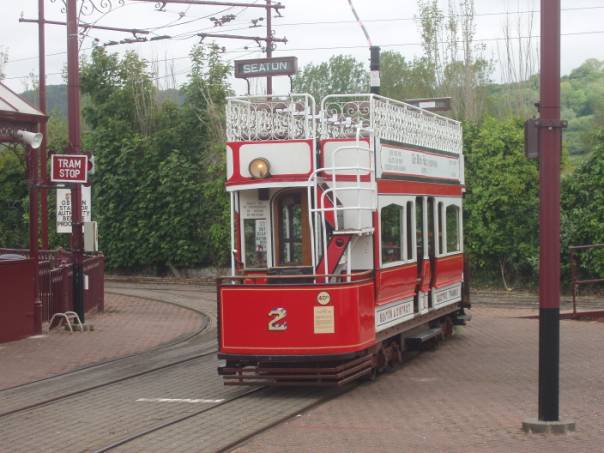
And so to Seaton where we can see our very nice tram number 2 – a 1960s build, smaller than the 21st century trams and really, rather lovely.

The stripy baton is the track section token – the object that gives a driver permission to use the section of track. It is locked in place in a way that is interlocked with a similar structure near the depot. Only one token can ever be taken out which, assuming crews obey it, means only one tram can use that section of track.
Our driver was surprised at the number of people waiting for the trip to Colyton. We heard him phoning control for permission to take the bigger tram. We, meanwhile, decided that the rucksacks we had carried weren’t needed and we took them back to the car. We planned another return trip to Colyton.